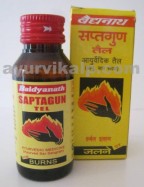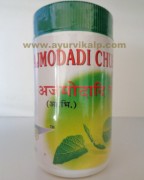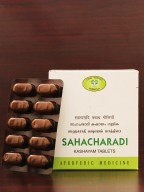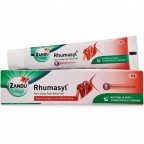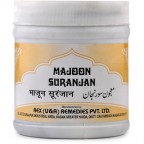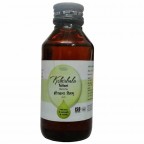|
|

Information Related to Delivery Time
Shipping is free worldwide for orders over US$ 40/- or Flat shipping charges of US$ 4.75 applies.
Our Standard Shipping terms is Registered Airmail with the following delivery estimates:
- UK: 8-10 days
- USA: 16 to 18 days (AK, PR, HI, may take longer up to 25 days)
- Australia/ New Zealand: 15 days
- Russia: 20 days
- Europe: 12-15 days
- Israel: 18 days
- Turkey: 16 to 20 days
- Malaysia, Indonesia, Philippines: 20 to 22 days
- Japan / Singapore: 10 to 12 days
- Sri Lanka: 10 days
- Thailand: 16 to 18 days
- Brazil: 25 to 27 days
- All other countries: 25 to 30 days
Get Free Upgrade to Expedited shipping - 6 to 9 days* from dispatch!!
Following countries get Free Upgrade to Expedited Shipping if the order is over US$ 120/-
- United States, United Kingdom, China, Hongkong, Japan, Malaysia, Mauritius, Singapore, South Korea, Taiwan, Thailand, Turkey, Vietnam
Following countries get Free Upgrade to Expedited Shipping if the order is over US$ 140/-
- Australia, Austria, France, Greece, Hungary, Ireland, Netherlands, Newzealand, Poland, Romania, Switzerland



